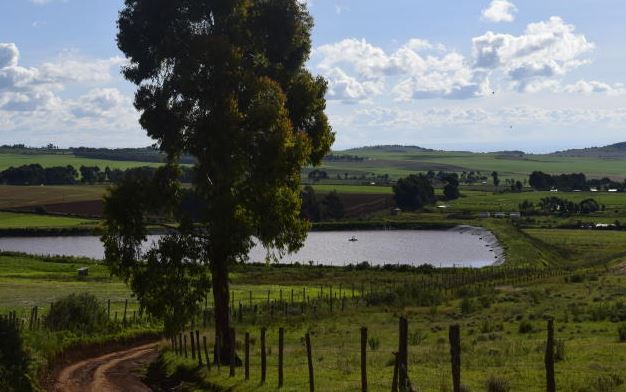×
The Standard e-Paper
Read Offline Anywhere

At 21, Martin Mwireria is an ambitious man who hardly underestimates the power of the farm.
In two months, he would have been harvesting 70 sacks of potatoes from his leased half acre plot at Dunia village in Kisima, Meru County.